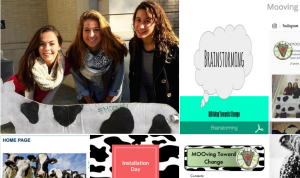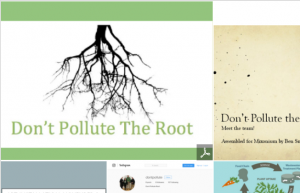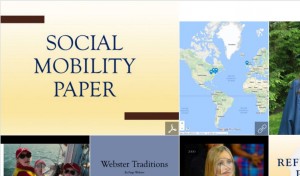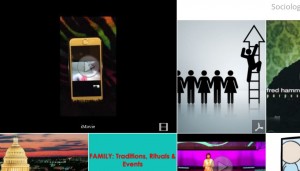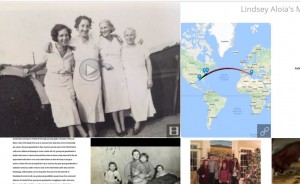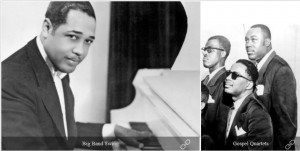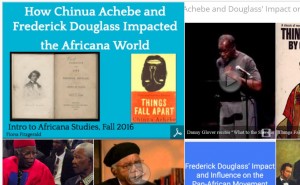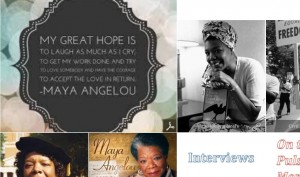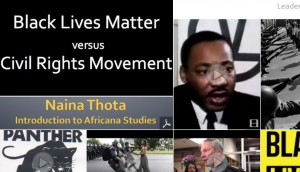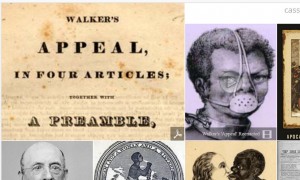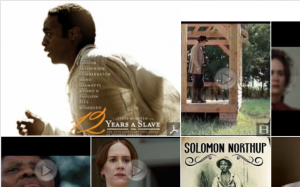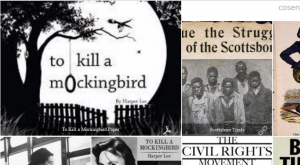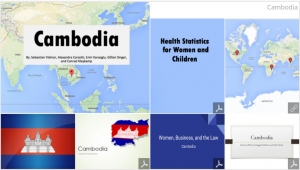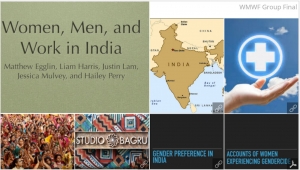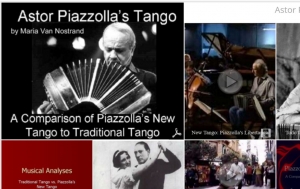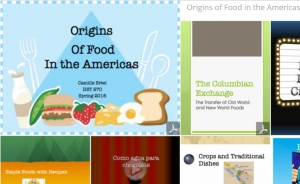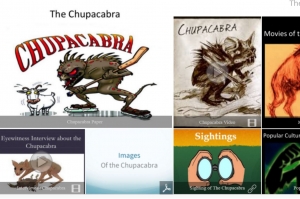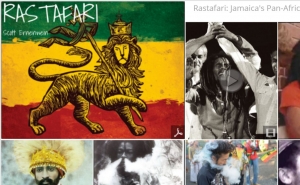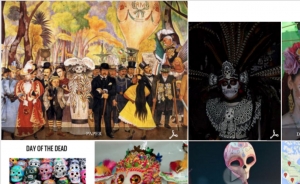Examples from SRS-200-04: Cuba the Cuban Revolution
Examples from PSY-250: Abnormal Psychology (Spring 2017)
Students are asked to use a variety of media to support the description of their case study, the treatment he or she received, any cultural factors or stigma that the case experienced and the interaction of a number of causal factors: biological, psychological, environmental, and social.
Examples from HST-288-01 Mumbai: 21st Century India (Winter 2017)
Examples from PSY-250 Abnormal Psychology (Winter 2017)
Professor Walker created an example/template Mixonium post for her class to use for inspiration in preparation for their own Mixonium projects.
Examples from ECO-231-01 Urban Redevelopment (Fall 2016)
Examples from AAH-265-01 Environmentalism in Contemporary Art (Fall 2016)
Environmentalism in Contemporary Art taught by Professor Lorraine Cox
Excerpt from class syllabus: “This course examines artistic practices that meld science, aesthetics, and politics in imaginative and critical ways as they address environmentalism and globalization. The course primarily focuses on 21st century artists whose work takes on such subjects as pollution, biodiversity, sustainability and climate change.”
Examples from Sociology of the Family (Fall 2016)
Sociology of the American Family: Cross-Cultural Perspectives taught by Professor Deidre Butler
Exerpt from syllabus: “Create a thought provoking family Mixonium assignment”
Mixonium Assignment Description
Mixonium Assignment Analysis Worksheet
Examples from Intro to Africana Studies (Fall 2016)
Introduction to Africana Studies taught by Professor Tim Olsen.
Excerpt from class syllabus: “Students will choose a topic or theme relevant to Africana Studies and, using the Mixonium software platform, explore it from multiple angles. Mixonium is an application that allows the user to combine various file types—pdfs, audio and video content, images, links—into a single interface.The centerpiece of this project will be a research paper of 5-8 pages. It’s OK if students expand upon a topic first explored in one of the Writing Assignments—in fact, one of the purposes of these assignments is to expose students to interesting and provocative ideas and personalities.”
Women, Men, Work & Family Project Highlights (Spring 2016)
The “Women, Men, Work & Family” economics class taught by Ellen Foster utilized Mixonium, Google My Maps, and GapMinder in conjunction to create engaging final group projects. The projects focused on various statistics from one of seven countries, including Uganda, India, Cambodia, Ecuador, China, Vietnam, and South Africa.
Examples from recent Latin American Popular Culture Presentations (Spring 2016)
The Latin American Popular Culture course taught by Professor Teresa Meade has been hard at work on their final projects, utilizing two learning tools from the LTSC toolbox! They used Mixonium and Google My Maps to construct engaging and accessible projects that can be shared and enjoyed not just inside the classroom but by anyone who cares to learn!
Course Mixonium Club: https://mixonium.com/clubs/303/union-college-hst-270-latin-american-popular-culture





























